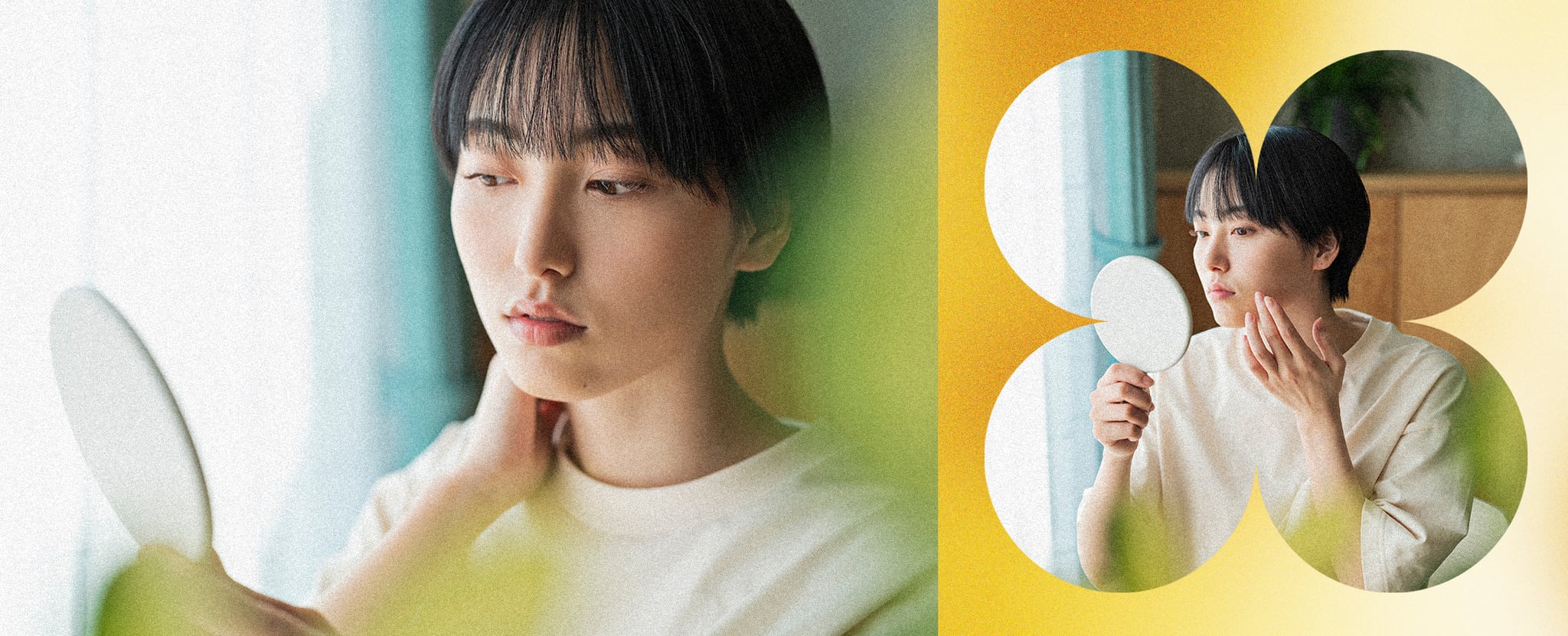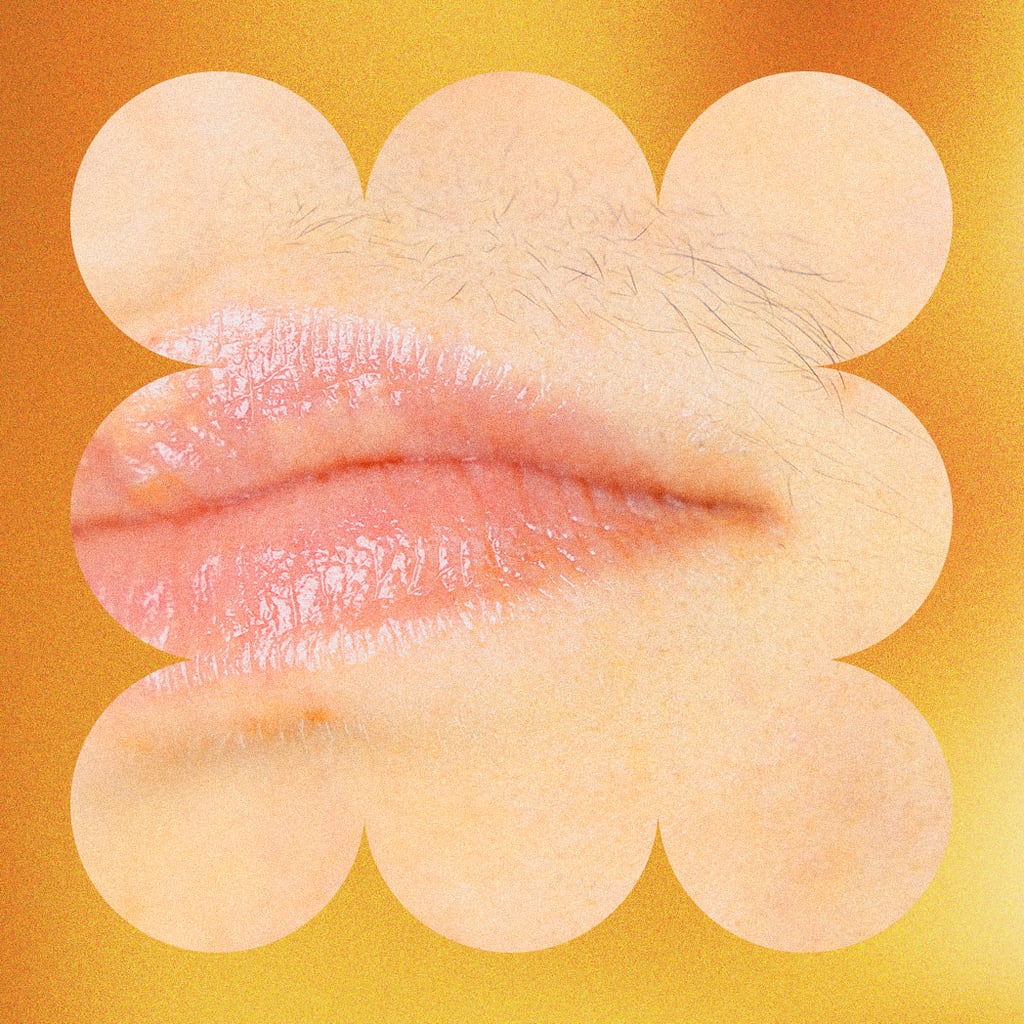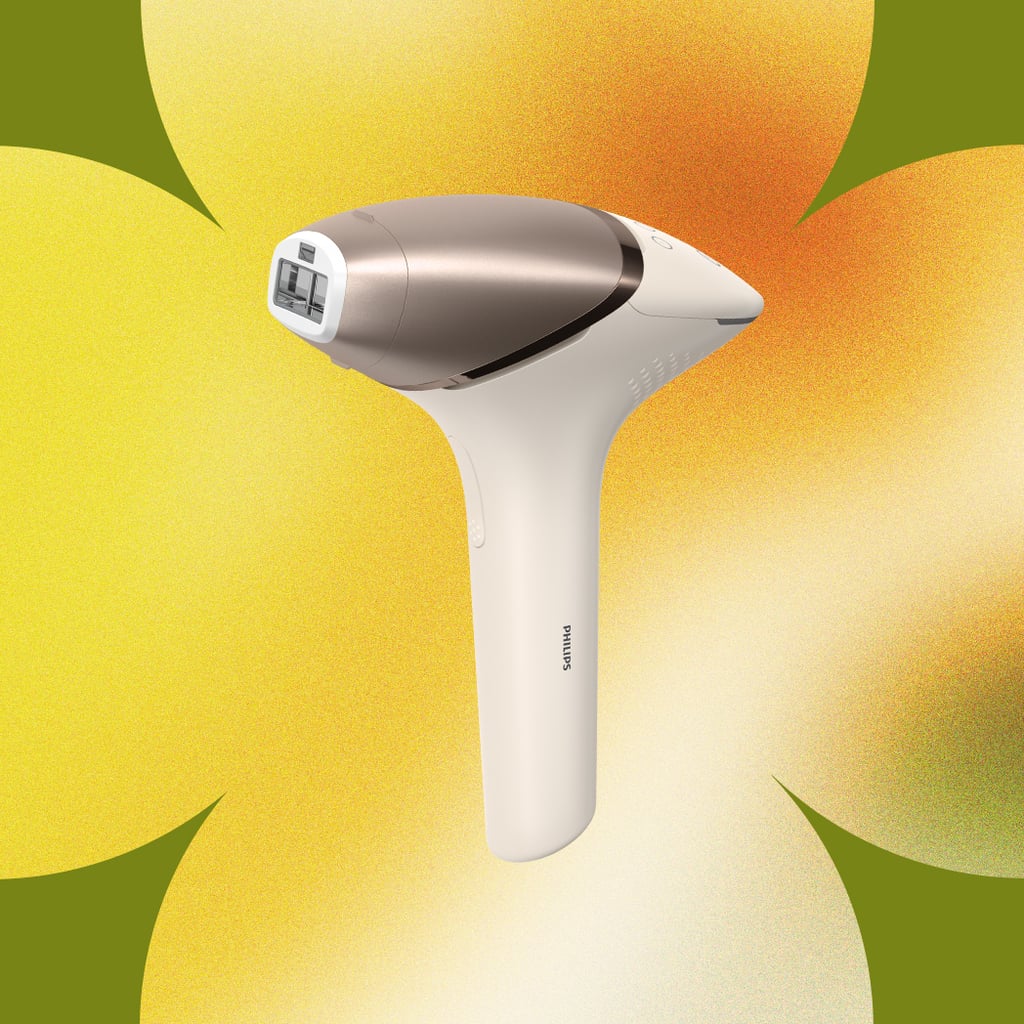
Facial Hair Removal With IPL: Expert Tips and Advice
How to Safely Remove Your Facial Hair, According to a Pro

When you think about facial hair, a fuzzy beard or a handlebar moustache might come to mind, but facial hair can also be subtle sideburn bristles or that one whisker on your chin. While some may choose to embrace their facial hair, in all its forms, others might be interested in parting with it. Luckily, just like the rest of your body, hair removal on your face is possible — and safer than you think.
Consultant dermatologist Sharon Wong says that there are lots of methods people might consider. While most are quick fixes, like tweezing or shaving, an IPL (intense pulsed light) device can deliver more long-lasting results. Dr. Wong says it's important to keep in mind that the skin is more sensitive on the face, so research and guidance is important before embarking on your hair removal journey. Luckily, she's answered all of the questions you might have about IPL, including the aftercare and semi-permanent results.
How Exactly Does IPL Remove Facial Hair?
"IPL technology delivers intense pulses of light to the skin, which is absorbed selectively by the pigment in the bulb of the hair follicle," Dr. Wong says. "The light is converted to heat, which then shifts the growing follicle into the resting phase. As the treatment is repeated, more and more hair follicles are moved into the dormant phase, resulting in a long-lasting reduction in the amount and rate of regrowth hairs."
"The Philips Lumea Series 9000 has been developed in partnership with dermatologists, which includes extra features for safe and painless treatments," she says. Think: four attachments for different areas of the body including the face, a UV filter, and sensor that allows for a more tailored treatment depending on your skin tone. All IPL technology relies on light being absorbed by the pigment — melanin — so it's not suitable for all hair and skin types. People with white, grey, light-blonde, and red hair or very dark skin tones may find that IPL isn’t effective for them.
"In the context of facial hair, the IPL device would not be able to treat fine, downy fair hair as there is insufficient pigment in this hair type to absorb the light," she says. IPL is also not suitable if your skin is particularly tanned or sunburned — this might make your skin even more susceptible to irritation.
Is There a Recommended Technique For Making My IPL Treatment Effective?
You should always start your IPL treatment by removing all hair from your skin with your preferred hair removal method. "The quickest and most convenient way is to shave," Dr. Wong says. "Waxing and epilating is possible, but you need to wait at least 24 hours before using the IPL device to reduce the risk of skin irritation."
When it's time for the treatment, make sure you move your IPL device in small sections — try to avoid repeating the treatment in the same area. "Treating the same area more than once in a single session does not speed up the process of hair removal and may increase the risk of skin irritation," Dr. Wong says.
IPL treatments are all about consistency. When you're using the Philips Lumea Series 9000, the first four treatments should be done once every two weeks. After the initial four treatments are complete, continue to treat the skin once a month. Keep in mind that the hair will continue to grow back but at a slower rate. (With this treatment schedule, individuals can see a 92 percent hair reduction after just three treatments on their legs.*) Depending on the rate of your hair regrowth — underlying conditions such as PCOS may affect this — plan to continue with monthly touch-up treatments.

Is There Anywhere on My Face I Shouldn't Use an IPL Device?
IPL treatments are effective and safe for many parts of the body, including the legs, underarms, and face, but there are some areas to avoid. Dr. Wong recommends not using the device above the cheekbones. It’s also best to avoid treating the nose and eye area (the skin around the eye is much thinner than the rest of the face and prone to sensitivity). Remember that face attachment we mentioned earlier? It's been designed to have a smaller, flat window so that you can effectively and gently treat hair on the chin, upper lip, and sideburns.
I'm Ready to Commit to IPL, but How Will It Affect My Skin-Care Routine?
"Using IPL shouldn’t result in a need to make big changes to your skin-care routine," Dr. Wong says. However, you should prioritise daily sun protection (a morning SPF is a must). It's also best to avoid products that may sensitise or irritate skin before and after treatments, such as exfoliant acids (e.g. glycolic or salicylic acid) and anti-ageing actives, specifically retinoids and antioxidants. This is especially important to remember during the first four treatments, since they are more frequent.
As for aftercare, Dr. Wong suggests keeping your skin-care routine simple and pared back to allow the skin to recover as quickly as possible. "For 48 hours after treatment, avoid exposing the skin to too much additional heat and you may want to avoid the likes of saunas, hot yoga, steam rooms, or any strenuous exercise," she says.
Temporary redness and sensitivity after an IPL treatment is common but short-lived. "These effects usually settle on their own and are standard for most light-based skin treatments," she says. "Although not common, more persistent skin irritation is usually a sign that the setting used was too high for the skin tone." Luckily, the sensor on the Philips Lumea Series 9000 helps avoid this by selecting the most appropriate setting for your unique skin tone.
I Have PCOS! Can I Use IPL to Remove My Hormonal Hair?
An underlying hormone imbalance, like polycystic ovarian syndrome (PCOS), may increase your tendency to grow facial hair due to the excess testosterone production that drives hair growth. This might mean that other hair removal methods were ineffective in the past — or couldn’t deliver the kind of long-lasting results you’re looking for. If this is the case, IPL may be worth exploring because it helps reduce irritation and fast regrowth periods. Although IPL is generally safe for people with PCOS, it's always best to consult your doctor before trying the treatment.
*Median result 78 percent hair reduction on legs, after 12 treatments. When following the treatment schedule, measured on legs, individual results may vary.